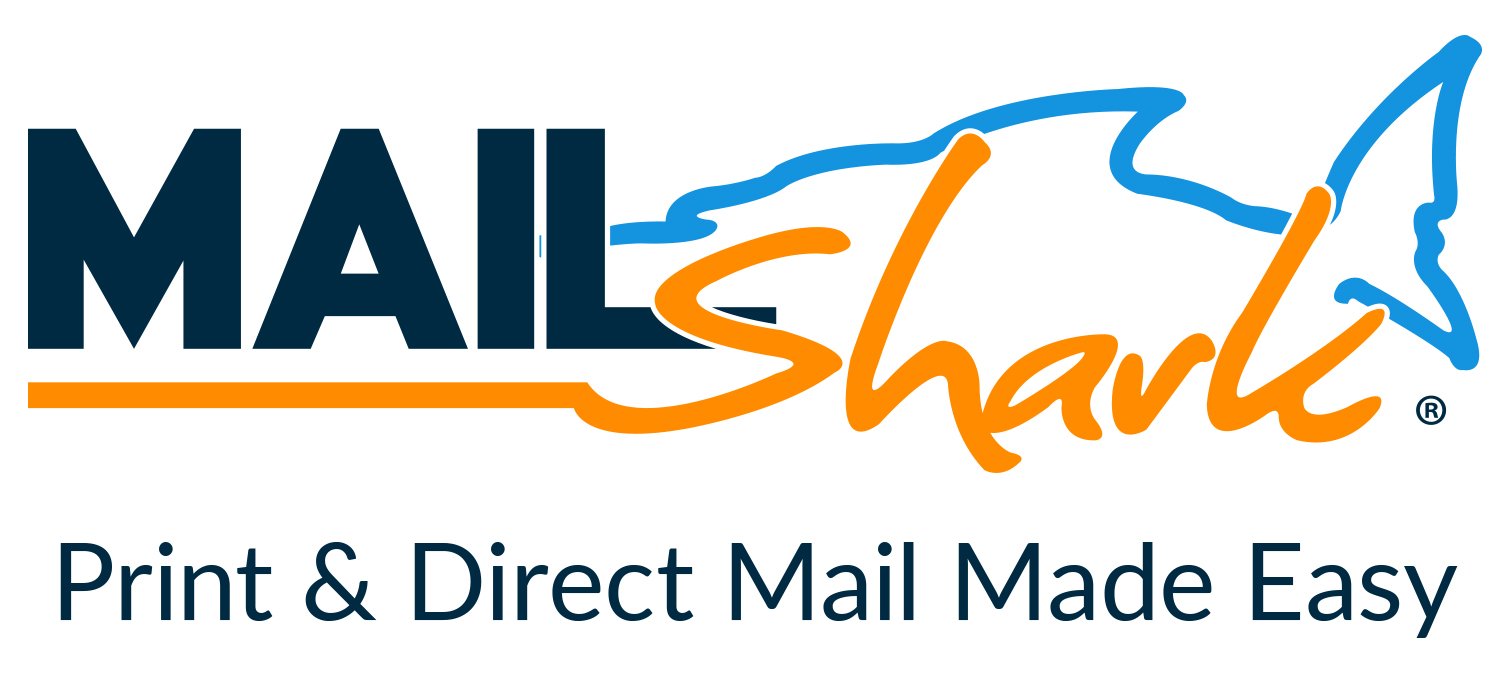With spring upon us and the weather warming, it’s the perfect time of year to do some good spring cleaning. However, it’s not just our homes that can benefit – our finances can benefit from intentional tidying up and decluttering as well. This can lead to increased efficiency, better cash flow, and improved overall financial health for our businesses if done right and done consistently. In this blog post, we’re sharing 5 essential steps to spring clean your finances each and every year.
5 Steps to Spring Clean Your Finances
When spring cleaning your business finances, it’s important to do this in a step-by-step approach so you know exactly where you’re at, what you can improve on, and what action steps you need to take. Follow these 5 steps to declutter and improve your business finances this spring.
STEP #1: ANALYZE EXPENSES
Start by going through your expenses with a fine-tooth comb to identify any unnecessary or redundant costs that could be cut down. This could be subscriptions to services, softwares, or programs you no longer use, excessive spending on office supplies, or high fees from vendors or suppliers. By identifying areas where you can reduce expenses, you can free up more funds to invest in more profitable areas of your business.
STEP #2: NEGOTIATE BETTER TERMS
After identifying areas for potential cost savings, don’t be afraid to reach out to vendors or suppliers for better terms. Negotiating lower prices, longer payment terms, or bulk discounts is a great way to cut back on expenses and ensure you’re getting the best possible deal. Building strong relationships with your vendors and suppliers can also lead to perks such as exclusive deals or priority service, so be sure to keep those relationships and communication strong.
STEP #3: UPDATE BUDGETS AND FORECASTS
After analyzing your expenses, you’ll have a clearer picture of your current financial status and areas in which you can cut back and improve. Now, it’s time to update your budgets and forecasts for the rest of the year. Review your revenue projections and compare them to your expenses to ensure they’re in alignment for a profitable year. Adjust your budget as needed to account for any changes in your business, the market, etc. It’s a good idea to revisit your budget and forecast regularly to stay on track and make informed decisions throughout the year. This can help prevent you from reaching the end of the year and falling short of your goals.
STEP #4: PREPARE FOR EMERGENCIES
No one likes to think about worst-case scenarios, but it’s so important to be prepared for emergencies as a business owner. Review your insurance coverage to ensure it covers your needs. Consider adding or updating policies as you see fit. Establish an emergency fund for your business to cover unexpected expenses or disruptions to your business operations. The last thing you want is to be unable to pay your bills or your employees should something go awry. Having a financial safety net in place gives you peace of mind knowing that you can weather any financial storms that come your way.
STEP #5: IMPROVE INVOICING AND COLLECTIONS PROCESSES
Lastly, having efficient invoicing and collections processes is essential for maintaining a healthy cash flow and keeping things running smoothly. Review your current invoicing and collections processes to identify any inefficiencies or areas holding you back. Consider implementing software solutions like Wave that streamline invoicing, automate reminders for overdue payments, and provide insights into customer payment behavior. Improving your invoicing and collections processes can reduce the time it takes to get paid and minimize the risk of late or unpaid invoices.
This is the perfect time of year to spring clean your finances and ensure your business is set up for success and efficiency in the months ahead. Take a good look at where you’re at income and expense-wise, update your budgets and forecasts accordingly, prioritize planning for emergencies, and look for ways to make invoicing and collections more streamlined. By following these steps, you’ll be in good financial health and ready to grow for the rest of the year.










Recommended Comments
Create an account or sign in to comment
You need to be a member in order to leave a comment
Create an account
Sign up for a new account in our community. It's easy!
Register a new accountSign in
Already have an account? Sign in here.
Sign In Now